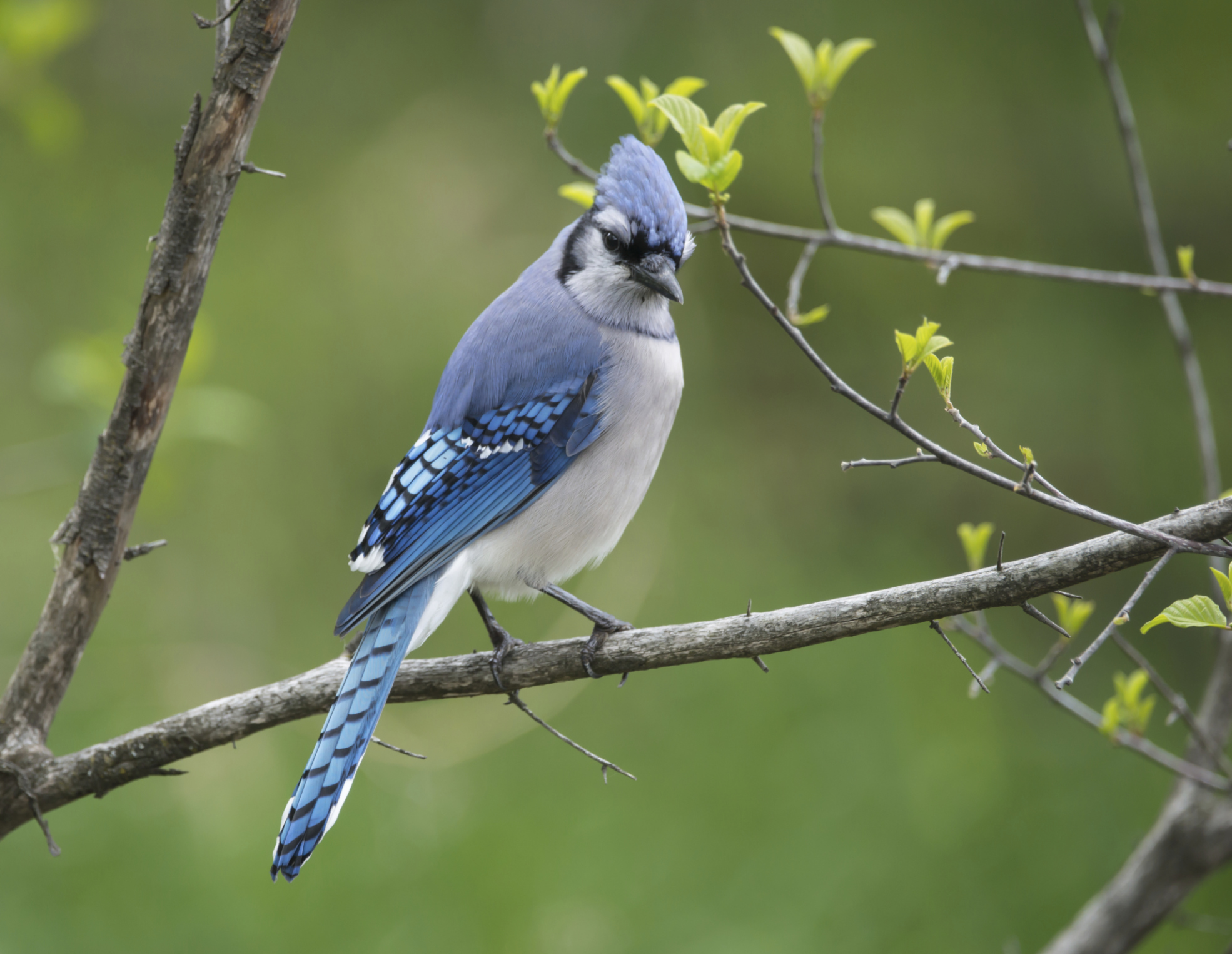The female blue jay is not only a striking bird with vibrant colors but also an essential part of the ecosystem. Understanding her characteristics, behavior, and habitat can provide valuable insights into the role she plays in nature. In this article, we will dive deep into the life of the female blue jay, exploring her unique traits, social behaviors, and the importance of conservation efforts to protect her habitat. Whether you are a birdwatching enthusiast or simply curious about wildlife, this comprehensive guide will shed light on the captivating world of the female blue jay.
Blue jays, scientifically known as Cyanocitta cristata, are known for their intelligence and complex social structures. The female blue jay, in particular, exhibits fascinating behaviors and characteristics that distinguish her from her male counterparts. This article aims to present an in-depth analysis of the female blue jay, including her physical traits, vocalizations, nesting habits, and interactions with other species.
As we navigate through the various aspects of the female blue jay, we will also touch upon the significance of preserving her natural habitat and what we can do to contribute to conservation efforts. So let’s embark on this journey to learn more about one of nature’s most interesting avian species!
Table of Contents
- 1. Introduction to the Female Blue Jay
- 2. Physical Characteristics
- 3. Behavior and Social Structure
- 4. Vocalizations and Communication
- 5. Nesting and Reproduction
- 6. Diet and Feeding Habits
- 7. Conservation Status
- 8. Conclusion
1. Introduction to the Female Blue Jay
The female blue jay is a member of the Corvidae family, which includes crows, ravens, and magpies. She is easily recognizable by her striking blue plumage, which is more vibrant than that of many other bird species. The female blue jay plays a crucial role in her ecosystem, serving as both a predator and prey within the food chain.
1.1 The Importance of Blue Jays
Blue jays contribute to the environment in several ways:
- Seed dispersal: They help in the propagation of various plant species by burying acorns and seeds.
- Insect control: Blue jays feed on insects, helping to regulate pest populations.
- Indicator species: Their presence can indicate the health of an ecosystem.
2. Physical Characteristics
The female blue jay boasts a variety of physical traits that make her stand out. Here are some key characteristics:
- Coloration: The female blue jay's plumage is predominantly blue with a white chest and a black necklace across her throat.
- Size: She typically measures between 9 to 12 inches in length with a wingspan of 13 to 17 inches.
- Beak: The blue jay has a strong, sharp beak that is well-adapted for cracking nuts and seeds.
2.1 Distinguishing Features from Males
While female blue jays and males have similar physical attributes, males tend to have slightly brighter coloration and a larger size. However, identifying them based solely on appearance can be challenging without close observation.
3. Behavior and Social Structure
The female blue jay is known for her complex social behaviors and intelligence. She often engages in social interactions with other blue jays and different bird species.
3.1 Social Hierarchy
Blue jays have a defined social structure, which can be observed during feeding and nesting:
- Dominance: Males often assert dominance over feeding areas, but females also exhibit strong social behaviors.
- Cooperative breeding: Female blue jays may assist in raising the young of other blue jays.
4. Vocalizations and Communication
Female blue jays are known for their diverse vocalizations, which serve various purposes:
- Alarm calls: They produce sharp calls to alert others of potential threats.
- Contact calls: These sounds help maintain group cohesion when foraging.
- Mimicry: Blue jays are capable of mimicking the calls of other birds and even some mammals.
5. Nesting and Reproduction
The nesting behavior of the female blue jay is particularly fascinating. Here’s an overview of her reproductive cycle:
5.1 Nesting Habits
Blue jays typically build their nests in trees, using twigs, grass, and leaves:
- Nesting season: They usually nest between March and July.
- Eggs: A female blue jay typically lays 3 to 6 eggs, which are incubated for about 16 to 18 days.
6. Diet and Feeding Habits
The female blue jay's diet is varied and often includes:
- Nuts: Acorns, hazelnuts, and other seeds.
- Insects: Caterpillars, beetles, and other small invertebrates.
- Fruits: Berries and other seasonal fruits.
6.1 Foraging Behavior
They are known for their intelligence and adaptability when foraging, often using tools and remembering the locations of hidden food sources.
7. Conservation Status
Currently, the blue jay population is stable, but habitat loss poses a threat to their long-term survival:
7.1 Threats to Habitat
Key threats include:
- Urban development: Expansion of cities can destroy nesting sites.
- Climate change: Changes in climate patterns can affect food availability.
8. Conclusion
In summary, the female blue jay is a remarkable bird with unique characteristics and behaviors that contribute significantly to her ecosystem. From her striking appearance to her complex social behavior, the female blue jay serves as a vital indicator of environmental health. As we learn more about her life, it becomes increasingly important to support conservation efforts aimed at protecting her habitat. By raising awareness and taking action, we can help ensure that future generations will continue to enjoy the beauty and ecological benefits that blue jays provide.
We encourage you to share your thoughts and experiences with blue jays in the comments below. If you found this article informative, consider sharing it with others or exploring more articles on our site dedicated to wildlife and conservation.
Thank you for joining us in exploring the fascinating world of the female blue jay! We look forward to seeing you again soon.
Exploring The Life And Career Of Jake Peralta: A Comprehensive Guide
Jhonni Blaze: The Rising Star Of The Music Industry
Thomas Mitchell: A Comprehensive Biography


